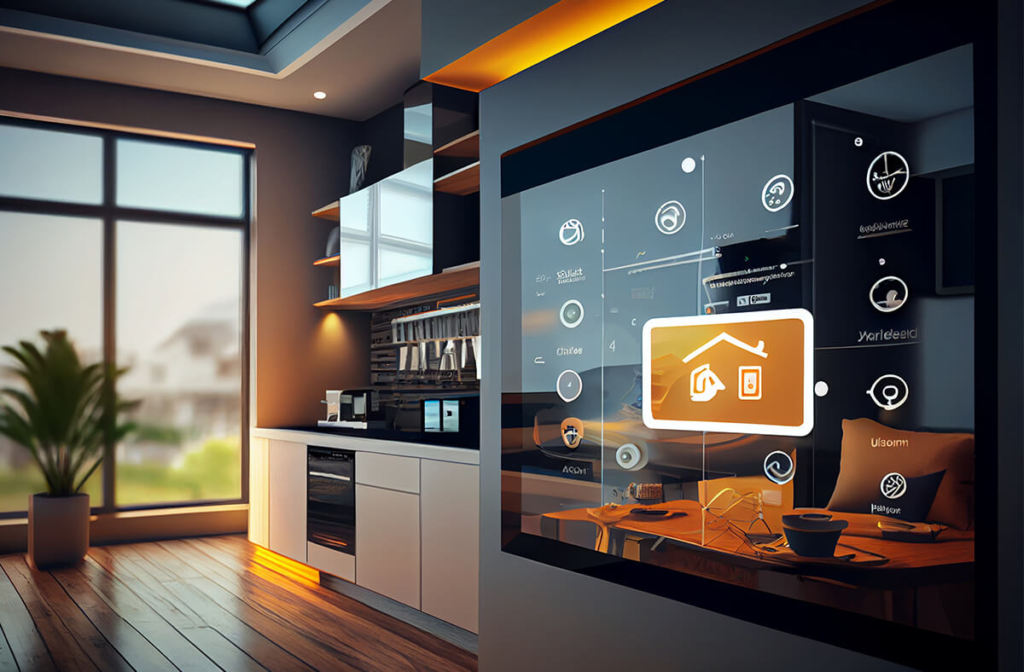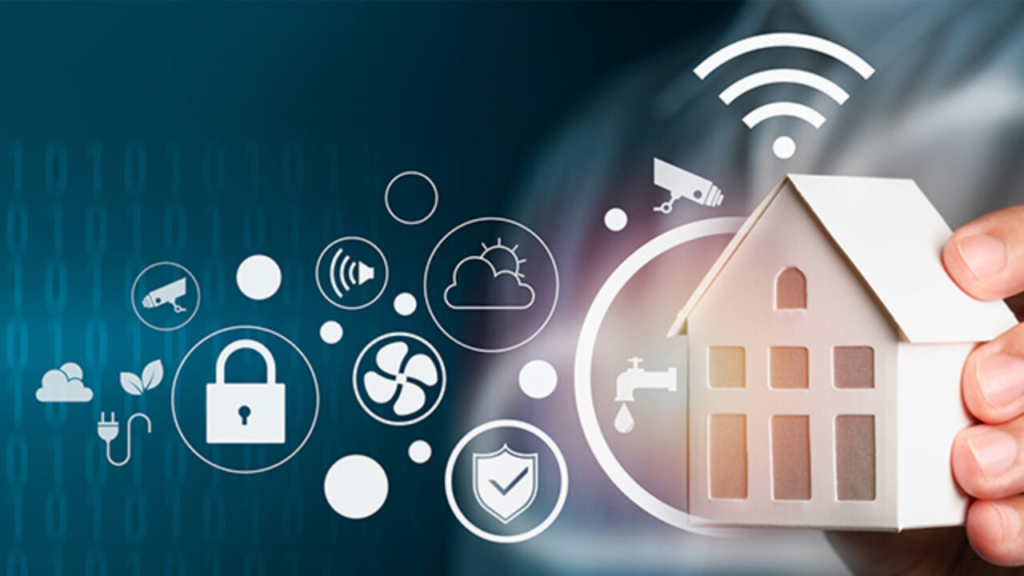Smart homes, equipped with connected devices and IoT (Internet of Things) technology, are transforming traditional living spaces into intelligent, automated environments. These homes integrate devices and systems that can be remotely controlled and monitored via smartphones, tablets, or voice assistants. This article explores how smart homes and connected devices enhance lifestyle, improve energy efficiency, and redefine home management in the digital age.

Evolution of Smart Home Technology
Smart home technology has evolved from basic automation systems to sophisticated ecosystems that encompass a wide range of connected devices and sensors. The proliferation of IoT devices, advancements in wireless connectivity, and the integration of AI-driven automation have accelerated the adoption of smart home solutions worldwide.
Key Components of Smart Homes
- Connected Devices: Smart homes feature a variety of connected devices, including smart thermostats, lighting systems, security cameras, appliances, and entertainment systems, all of which can be controlled and monitored remotely.
- IoT Platforms: IoT platforms and smart home hubs serve as centralized control centers, enabling seamless communication and interoperability between devices from different manufacturers.
- Automation and Integration: Automation routines allow users to create personalized scenarios or “recipes” that automate tasks based on predefined conditions, schedules, or user interactions.
Benefits of Smart Homes and Connected Devices
Convenience and Comfort

Smart home technology enhances convenience by allowing users to remotely control devices, adjust settings, and monitor home activities from anywhere with an internet connection. Voice assistants like Alexa and Google Assistant enable hands-free operation, making everyday tasks easier and more efficient.
Energy Efficiency
Smart devices optimize energy consumption by adjusting lighting, heating, and cooling based on occupancy, time of day, or environmental conditions. Smart thermostats learn user preferences and automatically adjust temperatures to save energy without compromising comfort.
Enhanced Security and Safety
Connected security systems with cameras, motion sensors, and smart locks provide real-time monitoring and alerts, enhancing home security and deterring potential intruders. Smart smoke detectors and carbon monoxide detectors notify homeowners of emergencies, improving safety measures.
Remote Monitoring and Maintenance
Smart home devices enable remote monitoring of home conditions such as temperature, humidity, and air quality, allowing homeowners to detect potential issues early and take preventive actions. This capability is particularly beneficial for vacation homes or properties left unattended for extended periods.
Applications of Smart Home Technology
Home Entertainment and Media
Smart TVs, streaming devices, and multi-room audio systems deliver immersive entertainment experiences with seamless integration and control through mobile apps or voice commands.
Kitchen and Appliances
Smart kitchen appliances such as refrigerators, ovens, and coffee makers offer advanced features like remote operation, recipe suggestions, and energy-efficient modes, enhancing culinary experiences and kitchen management.
Health and Wellness
Connected health devices like fitness trackers, smart scales, and sleep monitors help users track their health metrics, set wellness goals, and receive personalized insights for maintaining a healthy lifestyle.
Future Trends and Challenges
Interoperability and Standards
Ensuring compatibility and interoperability between different smart devices and platforms remains a challenge, as users seek seamless integration and unified control across their smart home ecosystem.
Data Privacy and Security
Protecting personal data and securing IoT devices against cyber threats are critical considerations for smart home users, manufacturers, and service providers to maintain trust and compliance with privacy regulations.
Adoption and Accessibility
Widespread adoption of smart home technology hinges on affordability, ease of use, and education about the benefits of connected devices, particularly among older adults and individuals with limited technical expertise.
Conclusion
Smart homes and connected devices are reshaping residential living by offering convenience, energy efficiency, security, and personalized experiences tailored to modern lifestyles. As technology continues to evolve and integrate AI, machine learning, and predictive analytics, smart homes will become even smarter, anticipating user needs and seamlessly adapting to changing preferences and environmental conditions. By embracing smart home technology, homeowners can enhance their quality of life, reduce energy consumption, and enjoy a more connected and efficient living environment in the digital age.



